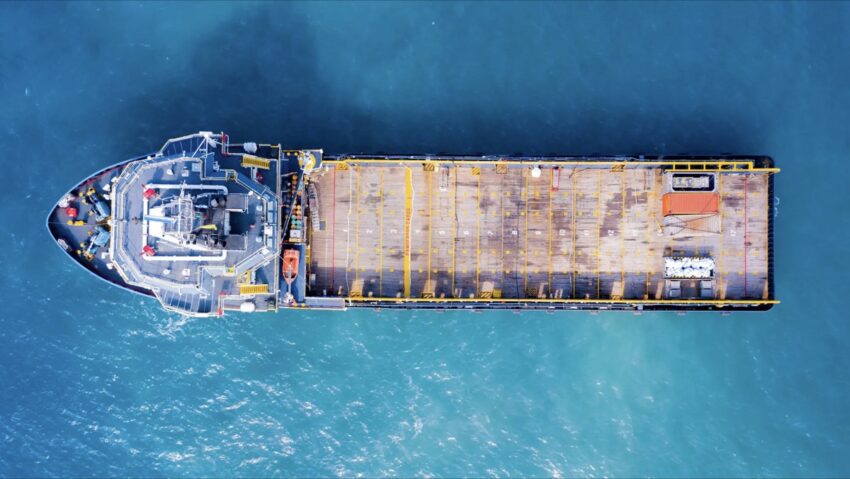The global Ship Conversion Market is estimated to be valued at US$ 13.46 Bn in 2023 and is expected to exhibit a CAGR of 7.7% over the forecast period 2023 to 2030, as highlighted in a new report published by Coherent Market Insights.
Market Overview:
Ship conversion involves modifying or changing the structure, facilities or operation of ships to suit new requirements without sacrificing their basic hull structure. It involves incorporating new operational equipment and technology upgrades according to changing regulations and demands. The market is primarily driven by the need to reduce operating and maintenance costs of aged ships through conversion. Conversion helps extend the life of vessels by retrofitting new machinery, sensor technologies and equipment to improve efficiency. It also enables compliance with changing emission standards and installation of green technology like LNG fuel systems.
Market key trends:
One of the key trends in the ship conversion market is the growing focus on digitalization. Ship owners are increasingly incorporating advanced digital solutions like IoT, fleet management software, autonomous navigation technology and cloud-based monitoring systems during conversion projects. This helps improve operational efficiency through remote monitoring and predictive maintenance. Sensors installed during conversion facilitate gathering of vital statistics to optimize performance. Automated processes also reduce manpower requirements. Technology upgrades are crucial for converting ships into smart vessels with enhanced connectivity. This rising digitalization is expected to spur robust growth in the global ship conversion market over the forecast period.
Porter’s Analysis
Threat of new entrants: The ship conversion industry requires huge investments and has high entry barriers due to technical complexities and need for specialized infrastructure. This keeps the threat of new entrants low.
Bargaining power of buyers: The bargaining power of buyers is moderate as ship owners have option of choosing between various shipyards for retrofitting and converting their vessels.
Bargaining power of suppliers: The bargaining power of suppliers is moderate as quality material and engineering services providers are well established in this industry.
Threat of new substitutes: There is low threat of substitute as ship conversion services are specialized and not easily replaceable. New technologies may offer alternatives but are not substitutes.
Competitive rivalry: The ship conversion market is consolidated with top tier yards competing fiercely for market share.
Key Takeaways
The global Ship Conversion Market is expected to witness high growth, exhibiting CAGR of 7.7% over the forecast period, due to increasing seaborne trade activities and growth in world fleet.
The Asia Pacific region dominates the ship conversion market with maximum share due to presence of leading shipyards in China, South Korea and Southeast Asian countries. Countries like China, Japan and South Korea are forecast to grow at a higher CAGR during the forecast period.
Key players operating in the ship conversion market are Sembcorp Marine, Hyundai Heavy Industries, CSSC Chengxi Shipyard, Damen Shipyards Group, Cochin Shipyard, Fincantieri, Orient Shipyard, VARD Group, Wilson Sons, Oman Drydock Company, Bahri Abha Shipyard, Abu Dhabi Ship Building, N-KOM, Keppel Shipyard, Tebma Shipyards, Lamprell, Drydocks World, Dae Sun Shipbuilding, Shunzheng Shipyard, HHIC-Phil.
Market Size for 2023 is US$ 13.46 Bn. The market is expected to reach US$ 23.78 Bn by 2030,registering a CAGR of 7.7% during 2023 – 2030.
*Note:
1. Source: Coherent Market Insights, Public sources, Desk research
2. We have leveraged AI tools to mine information and compile it

